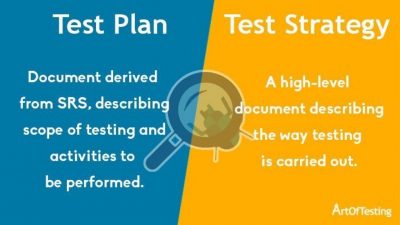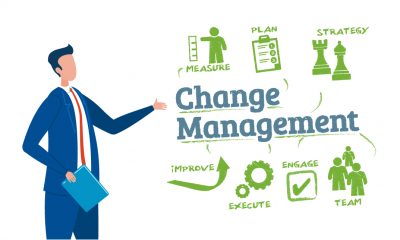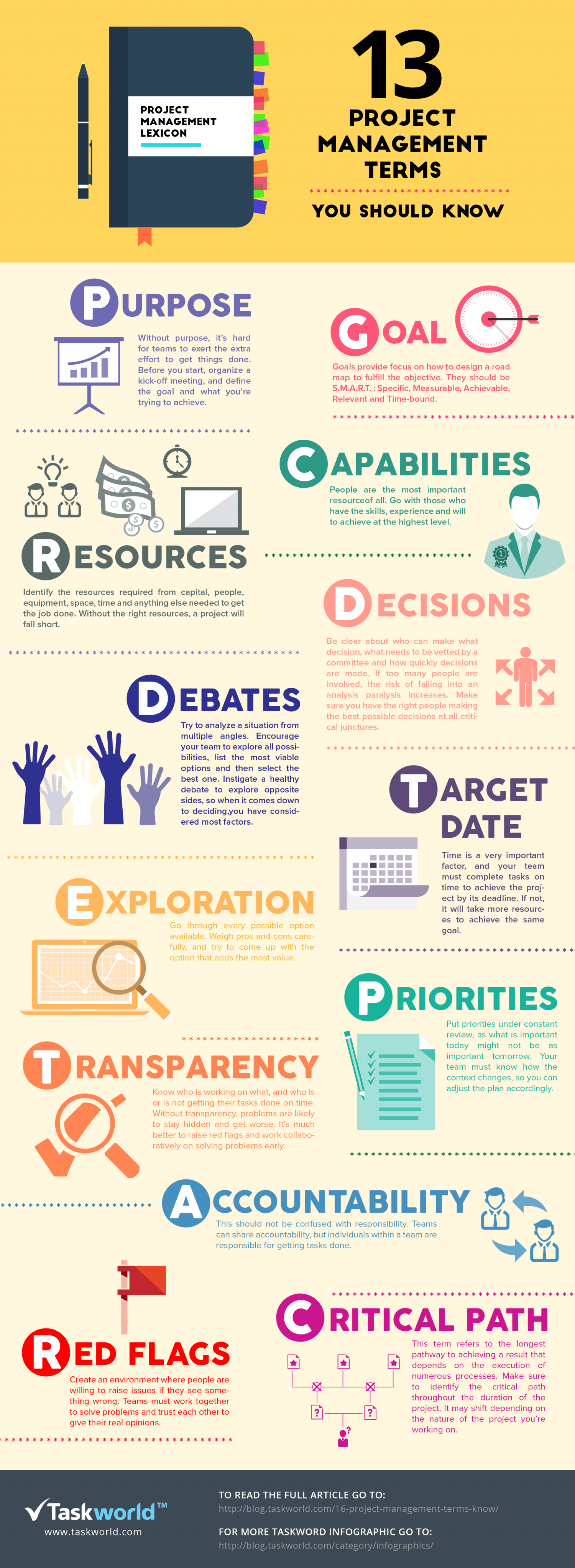
This month’s post is courtesy of the Art of Testing.
Testing is a key part of nearly every successful project. But do you know the difference between a testing strategy and a test plan? This article provides some great detail in defining the roles of both.
Test Strategy
A Test Strategy document is a high level document and normally developed by project manager. This document defines “Software Testing Approach” to achieve testing objectives. The Test Strategy is normally derived from the Business Requirement Specification document.
The Test Strategy document is a static document meaning that it is not updated too often. It sets the standards for testing processes and activities and other documents such as the Test Plan draws its contents from those standards set in the Test Strategy Document.
Some companies include the “Test Approach” or “Strategy” inside the Test Plan, which is fine and it is usually the case for small projects. However, for larger projects, there is one Test Strategy document and different number of Test Plans for each phase or level of testing.
Continue reading →







